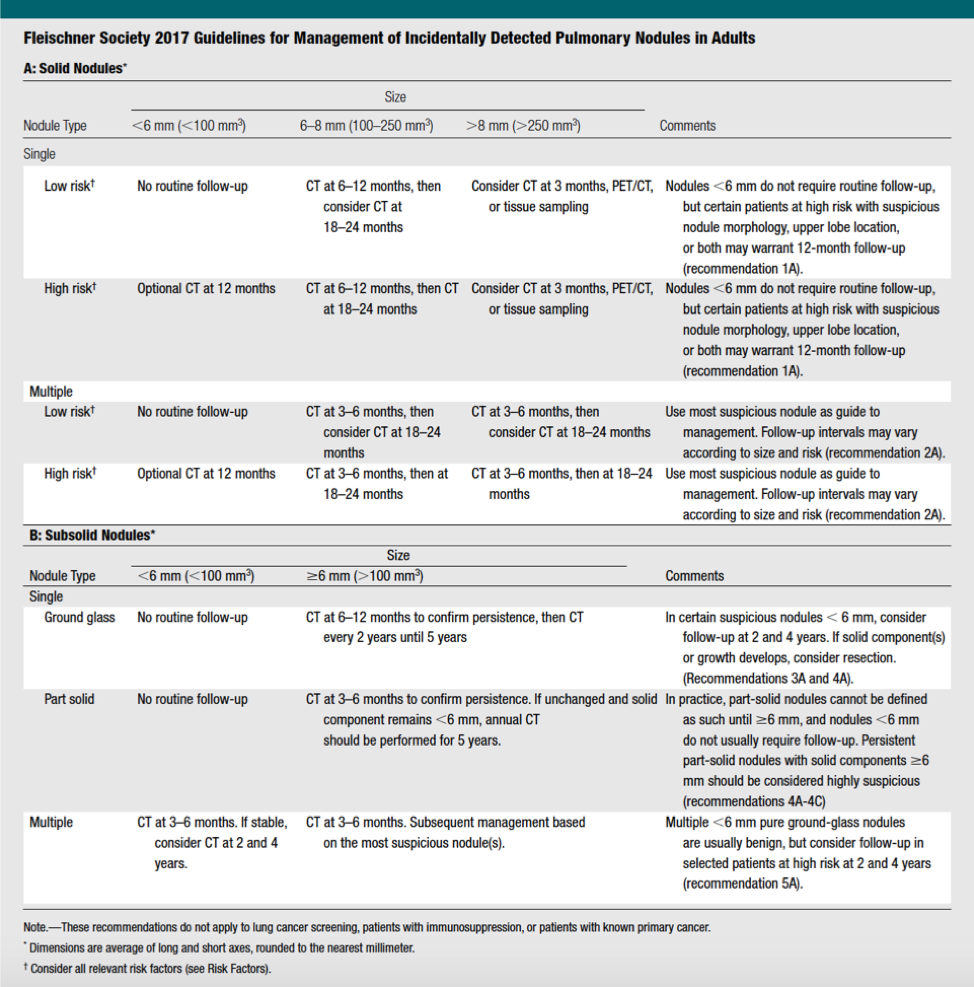Pulmonary Nodule on CT
Question:
My wife was recently notified of the possibility of a "small malignancy" in the right upper lobe of her lung. The lesion was categorized as a "subpleural, subcentimeter (8mm) pulmonary nodule" confirmed by a contrast CT scan. She is a smoker, age 46. We have seen a thoracic surgeon for consultation and were told that nothing should be done right now, just monitoring by CT scans every three months. Presumably we are to wait for something to happen, and then do something, but we want to act now. Any suggestions?
Answer:
Anil Vachani, MD, Pulmonologist at Penn Medicine, responds:
Most pulmonary nodules discovered on CT scan are ultimately determined to be benign, particularly when the nodule is less than 1cm in size. Given this, the most commonly used approach for individuals with a small nodule is to undergo surveillance with a repeat CT scan. This approach takes advantage of the fact that a cancerous nodule will grow but a benign nodule will remain stable. Although I cannot specifically comment on this case without reviewing your wife's history and films, one approach is to follow the algorithm that has been established by the Fleischner Society (see below). For patients with a solid, non-calcified nodule between 6 and 8 mm, the preferred option is to obtain a repeat CT scan in 6-12 months. Alternatively, one could obtain a PET scan and if positive, consider performing a biopsy. It should be noted that the accuracy of the PET scan is less useful for smaller nodules, particularly those smaller than 8-10 mm.
Some things we have learned about pulmonary nodules through several recent studies include:
- Approximately 25-50% of all smokers over age 50 have at least one pulmonary nodule that is 4mm or larger.
- The probability that a nodule is malignant increases with increasing size of the nodule. Even in smokers, the percentage of all nodules smaller than 4 mm that will eventually be confirmed as lung cancer is less than 1%. For those nodules between 5.0-9.0 mm, the percentage is approximately 2%.
- The likelihood that a nodule is cancerous is also greater with increasing age and in individuals with a smoking history.
